Driving can be hazardous at any time, but the dangers can be magnified when a winter storm strikes. Learn how to prepare for winter storm conditions and help protect your vehicles and employees using our motor carrier and driver safety tips below. For further assistance, please contact our Loss Control Department at 800-782-8902 x3805 or safety@lancerinsurance.com.
WINTER STORM SAFETY TIPS FOR MOTOR CARRIERS & DRIVERS
When a winter storm strikes, drivers face out-of-the-ordinary challenges. Commercial motor vehicle companies operating during winter storm events should review the following important precautions to help avoid accidents associated with the adverse weather:
Prepare Your Organization
Monitor the National Weather Service, radio, internet or television for weather information.
Strongly consider delaying or cancelling any trips that may not be able to be completed safely.
Ensure vehicles are equipped with tire chains as required by state laws and drivers are familiar with chain installation procedures.
Make sure all drivers have an emergency survival kit (e.g., cold weather clothing, a blanket, a fully-charged cell phone and charger, a flashlight and extra batteries, a small shovel, an ice scraper/snowbrush, a first aid kit, non-perishable food and water, etc.) in their vehicle.
Establish a communication system that requires scheduled contact times with your drivers so they can be updated on winter storm conditions. Adhere to your electronic device usage policy so drivers are not using cell phones while operating the vehicle.
Prepare Your Drivers
Ensure that drivers complete pre-trip vehicle inspections as prescribed by federal regulations, paying particular attention to the tires, defroster, heater, windshield wipers, and lights. Drivers should also be sure that their vehicle's windshield washer fluid reservoir is full prior to departing.
Advise drivers to check news reports, online and weather channels as part of their trip-planning routine, and every hour or two as winter storm conditions can change rapidly and dramatically.
Recommend drivers allot extra time to reach their destination and have an alternate route plan in place before leaving so they're better prepared in the event winter storm conditions require using it; State Highway Patrol and Department of Transportation websites provide up-to the minute information on traffic, road closures and detours.
Remind drivers to clean the entire windshield (inside and out), headlights and mirrors before leaving and frequently along the way. Suggest drivers use their low beam lights, windshield wipers and defroster to maximize visibility (drivers must also follow local and state laws for using headlights when windshield wipers are on).
Urge drivers to use extreme caution when winter storm conditions adversely affect visibility and traction, and to SLOW DOWN when such conditions exist (see FMCSR 392.14). Bridges, overpasses, underpasses, infrequently traveled roads and night driving require the utmost attention.
Encourage drivers to add more space around their vehicle according to the conditions of the pavement for the extra margin of safety they'll need if they begin to skid or have to stop.
Caution drivers to use gradual movements when accelerating, turning, or changing lanes, and to brake early and slowly to lessen their chance of losing control.
Remind drivers to drive in other drivers' tracks for better traction.
Instruct drivers to be alert and slow down when encountering any snow removal equipment.
Tell drivers to keep their eyes moving and take frequent breaks to help avoid snow hypnosis.
Warn drivers to stay alert for changes in a road's surface that may affect traction — tires that become quiet often indicates slick road surfaces; ice on the back of a side mirror may mean the road is icy too; other drivers having problems maintaining control may signal ice is forming.
Advise drivers that whenever adverse weather impacts safe driving, they should discontinue operating and pull into the nearest safe and legal location until the vehicle can be safely operated (see FMCSR 392.14).
> Additional Resources
For additional information on preparing your operation during winter storms, please consult the following:







